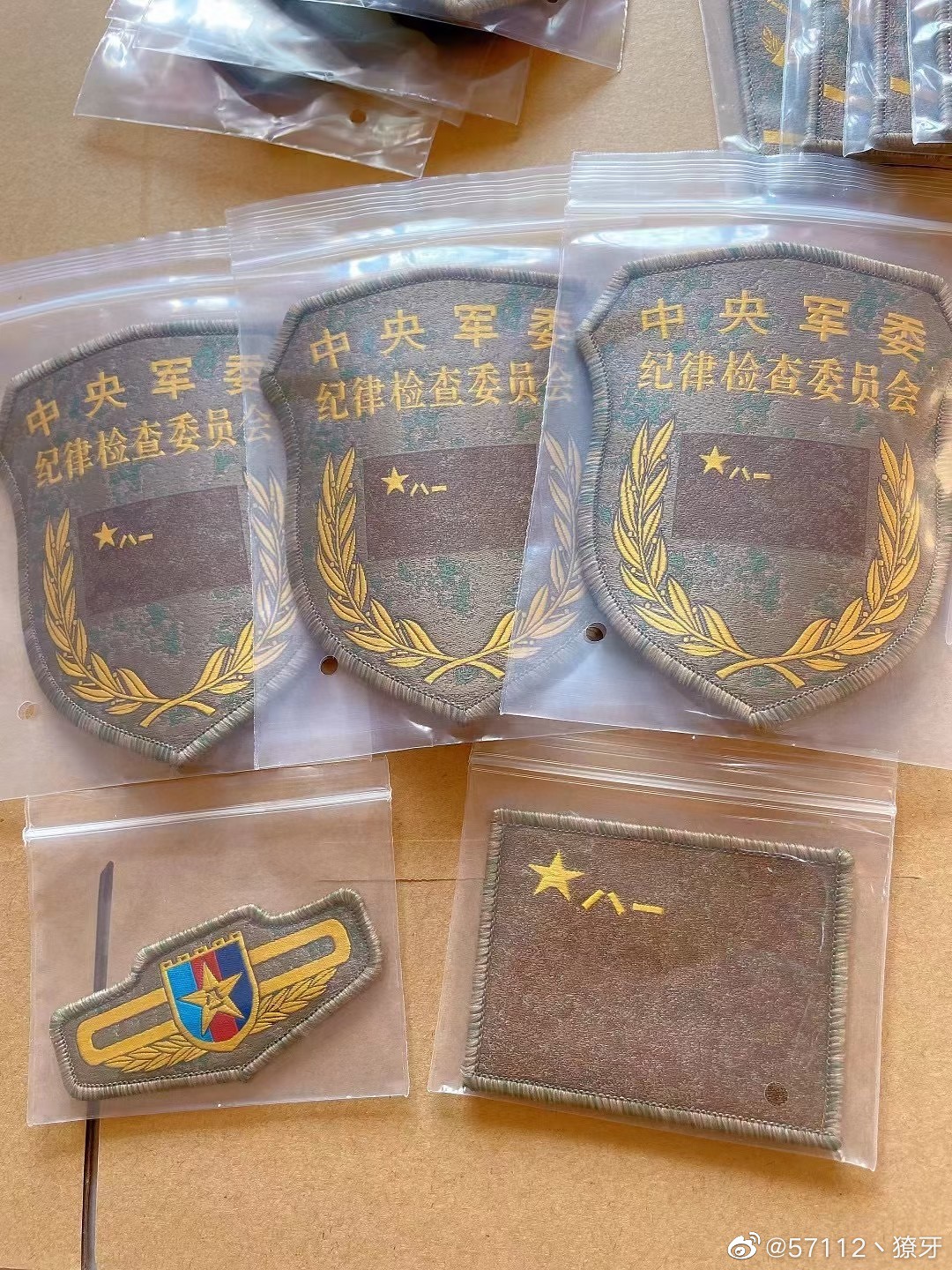You do realize that mopping up enemy infantry and observing/patrolling are a major part of major offensive and defensive maneuvers and that infantry ride in IFV's right? I'll keep this minimal since this can basically become a post that is as large as that of Markoz81 and is already off topic. Based on what we have seen in Ukraine and previous actual conventional conflicts, infantry did the following:Not really. Infantry is mostly for observing, holding ground and mopping up nowadays. It doesn't do major defensive or offensive ops unless the army is desperate. Armored vehicles and arty do those. The most important skill of infantry is concealing themselves on the battlefield. You can equip your infantry with WW1 equipment (radio excluded from this) and still do just fine if other things are good. I am personally satisfied with what PLA is doing. They are spending money on networking and communications instead of 2000 USD rifles and 10k NVGs.
- Security on the flanks and screening in the front during offensive and defensive operations:
- As we have seen in the war in Ukraine, armored vehicles that ride into the battlefield with a lack of infantry to support them get killed. Simple as that. Infantry resolves this issue since they can rapidly Act as flank security and clear out any potential infantry that can slow down or even stop the offense. They can also bog down the enemy to give other units time to regroup during defensive operations. This is shown in the ongoing Bahkmut conflict. There are other examples of this in previous wars as well.
- Your requirements for an offense or defense may be infantry centric if your terrain is too inaccessible for vehicles. Jungles, forests, urban settlements, tundras, and mountains are some of the austere environments in which vehicles will generally fail or slow down which will affect the maneuver's tempo. Infantry can meet those requirements easily. The Sino-Vietnam War (1979), current Russo-Ukrainian conflict, and 1973 Yom Kippur War have shown that infantry remains the queen of the battlefied in a austere environment.
- Infantry remains the smallest defensive and offensive arms. They can be transported by helicopters and ready to fight almost instantaneously. They can be driven to defensive lines with MANPAD's and ATGM's. This gives them the ability to rapidly seize key objectives and reiforce the front line.
So, with all of that in mind, am I saying infantry is the ultimate arm of war? No, but combined arms, which is the reigning form of engaging in battle since the age of slingshots and sticks, require all military arms to be good at their tasks in order to solve any problem they may face. So the infantry needs the necessary equipment to do their job well enough regardless of the time and terrain. Yes they don't need overexpensive equipment. However there needs to be enough for the infantry to execute their tasks. If your infantry is equipped with s**t equipment to the point in which they can't keep up with the offensive or defensive maneuver, even if they have radioes and regardless of how good the other arms are, the infantry will now be the weak link in the chain, and a good commander can take advantage of such weakness to dismantle an entire offensive or defensive maneuver.
Last edited:




